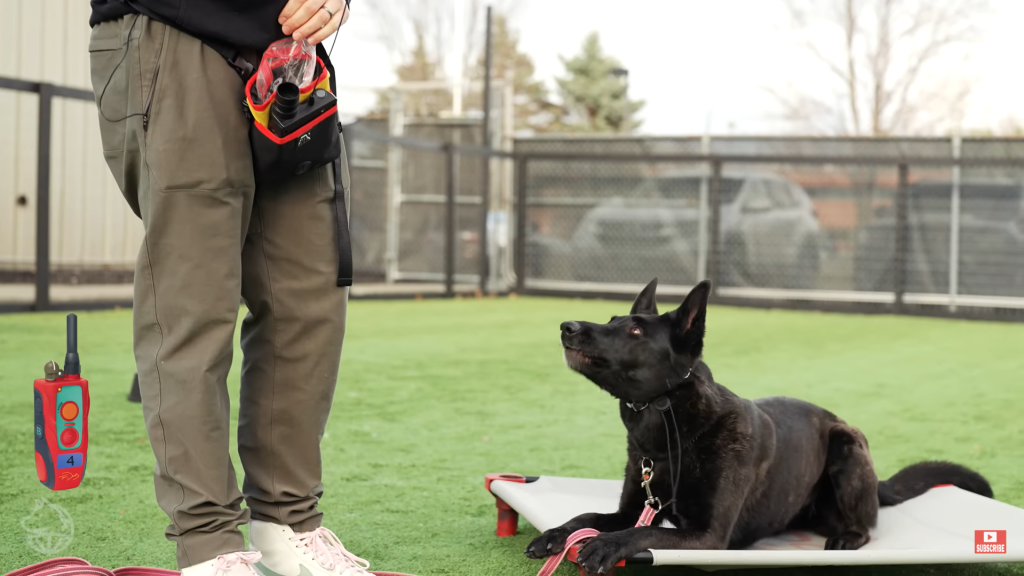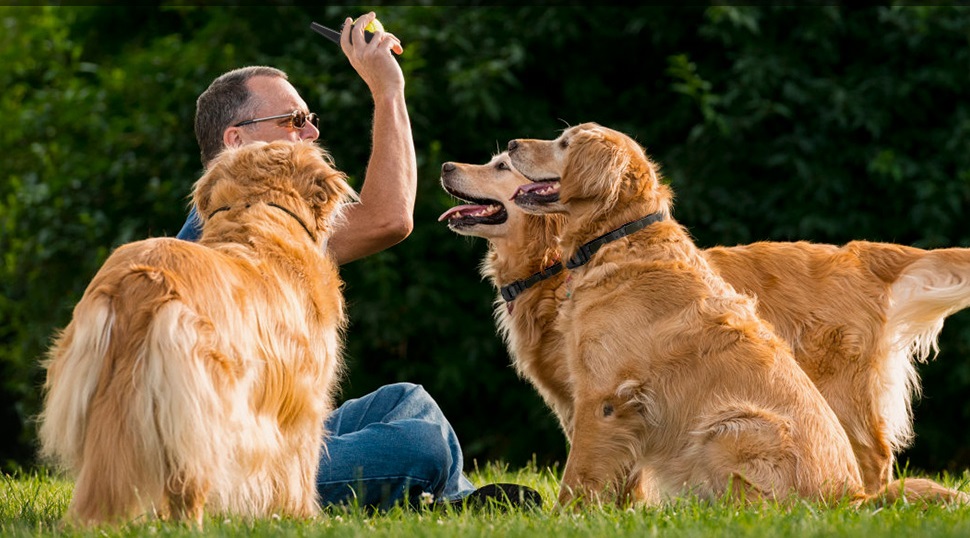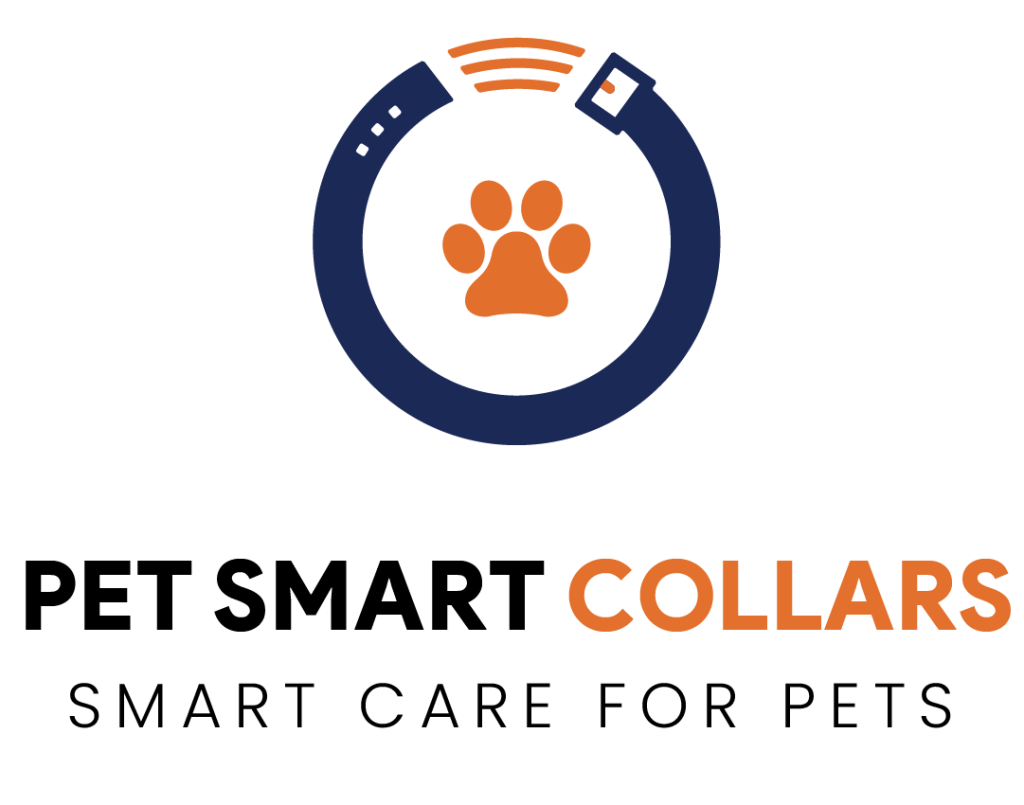Dogs are our very cute little companions and they are very loveable creatures but if a dog shouts unnecessarily and doesn’t behave properly then we don’t like them and sometimes training your dog can be very difficult because it requires a lot of patience as dogs can not understand quickly like humans.
I am also a dog owner and I have trained many dogs and it is such a difficult task. Initially, I used to train my dogs manually and it literally took a lot of time and patience so I decided to give up on my desire of pets.
But then I got to know about shock collar training, training your dog with a shock collar is very easy and takes less time, and is also best for off-leash training
Here I will share my personal opinion on how to train dog with shock collar.
Firstly I will tell you how you should introduce your dog to a sock collar because direct exposure to shock can affect its brain very badly especially if it is not used to collar training.

How To Introduce a Shock Collar to a Dog?
Introducing a shock collar to a dog should be done gradually and it should not be forced on him. You should first get your dogs attention and then start the stimulation.
The most important thing for you should be the safety of your dog and you should use it in small sessions at first
Try the Shock Collar on Yourself First To Understand Its Sensation
This is the first and most important step, you should use it on yourself first so you can understand its sensation and get an idea of how will it affect your dog.
Here are some things you should check first before starting collar training:
Adjustment:
Understand the intensity of the dog shock collar(e-collar). Start with the lowest setting and work your way up depending on how each layer feels.
Empathy:
This experience builds empathy, helping you choose appropriate and humane energy for your dog.
Safety:
This ensures that you do not accidentally expose your dog to unpleasant or painful shocks. Getting your dogs attention is very important before using an e collar
If you do so then it will harm your dog and result in bad behavior.
Make Sure You Know How To Use It Correctly.
Dog owners or trainers must first research what collar would be best for their pet. Then, they should learn to use a shock collar properly before using it on their dog. The appropriate use of shock collars would promote dog’s safety as well as their effective training.
Let us tell you how to get yourself familiar with the shock collar you bought,
Read the Manual:
Read the manufacturer’s instructions carefully and understand all functions, buttons, and settings.
Safety Measures:
Every collar has some safety measures such as timers or automatic locks to prevent delayed shock. Make sure to learn how to use these.
Take Your Time When Introducing It to Your Dog.
Dogs are very sensitive to new things. So, while using collars for the first time, take it slow. Use it for a few times first to get your dog used to it. Analyse his reactions and when he gets angry. This way you can use your shock collar best.
Follow the following steps while doing it,
Initial Wearing:
In the beginning, use the collar without activating the shock system. Your dog will get familiarised with it. He will see it as something that he can wear easily.
Use for Shorter Durations:
Make your dog wear the collar for shorter durations first. Let him get used to it. After that, you can slowly keep increasing the time.
Observe:
Check how well your dog behaves during this phase. Look for signs of discomfort, anxiety, or worry. If it discomforts you, then try to change your timing and layer settings.
Help Your Dog Feel Comfortable With the Collar.
Creating a positive association with the collar is essential to accepting your dog. Do not tie it tightly as it will discomfort your dog and cause difficulty in breathing. To make sure you’re using the correct fit, here’s a complete guide on how tight a dog collar should be.
Reward System:
If your dog wears the collar without a shock, offer a treat, praise, or playtime as a reward. This creates a positive association between color and pleasurable experiences. In this way, it will not refuse to wear the collar again.
Consistency:
Be consistent in your rewards to reinforce the idea that wearing color is a good thing. If you will stop rewarding it then maybe your dog will not wear it with pleasure.
Avoid Punishment:
Never use color as a punishment. This can cause fear and anxiety in your dog, disrupting the training process. Also, it is not ethical to do so.
Before Training Your Dog With a Shock Collar It Is Better To Ask a Vet for Expert Suggestions

Now I will tell you the details and some basic instructions for training your dog with a shock collar.
How To Train Dog With Shock Collar? The Best Way
Buy a Quality Product
You should Invest in a reputable and high-quality shock collar from a trusted manufacturer. Make sure it has customizable settings, including energy levels and training methods.
Start With the Basics
Always begin your training with basic commands and actions such as “Sit,” “Stand,” and “Come.” Your dog may not have already been introduced to a shock collar before so he will understand these basic commands with good reinforcement training.
Define Your Dog’s Behavioral Preferences
Identify the specific behaviour you want to correct or reinforce with a shock collar. Make it clear whether it is overcoming complaints, memories, or other behaviors. You should not force everything at once on your dog, training for one thing at a time is more effective.
Bond the Collar Together With a Good Amount of Energy
Before using the shock collar, you should do healthy activities with your dog, such as playtime or exercise. This helps create a positive atmosphere and strengthens your relationship.
Activate the ‘Vibrate Mode’ Button on the Collar
Many E collars have a ‘vibrate’ or ‘tone’ mode for a painless sensation. Start with this mode to get your dog’s attention. Use it as a cue to get your dog to listen to your commands. Vibrate mode is a better option if your dog is not very naughty.
Know When To Ask for Help
If necessary, switch to using low-level punches as a training aid. You should start at a very low intensity and see how your dog responds. Keep the intensity only as high as necessary for your dog’s safety and comfort.
Know When To Stop
Always put your dog’s welfare and safety first. If you notice signs of distress, anxiety, or fear in your dog, stop the training. A shock collar should never be used as a means of reinforcing good behavior rather than as punishment. You should only use it for training purposes not for punishment as it is very inhumane.
Rules To Know Before Training Your Dog?
Rule #1 – Make sure your dog understands the basics
Rule #2 – Training your dog the right way with an e collar
Rule #3 – Always start with a low order and tie the motivation to your voice
After getting all the information if you have decided to buy a shock collar then my recommendations are Garmin/Tri-Tronics, SportDOG, and E-Collar Technologies.
If you have other problems regarding your dog, then there are some alternatives for dog training such as the pinch collar and prong collar. And if your dog barks too much then you can also use a bark collar. Collar training and other battery tools should only be done for positive reinforcement
I hope after reading this article, you have understood the use and details of a shock collar. If you have any queries left then you can check our article on: What is an e-collar for dogs?
FAQs
1. Is It Okay To Train Your Dog With a Shock Collar?
Using a shock collar to train your dog is a controversial practice due to potential abuse and harm. However, it can be effective for specific training goals. Its success varies from dog to dog. Things like feelings, attitudes, and past experiences matter.
Positive reinforcements such as rewards and praise are considered more humane and effective. It is wise to seek the advice of a certified dog trainer or behaviorist, as they can assess whether a shock collar is appropriate for your training needs.
Also, be aware of local regulations regarding the use of a shock collar.
2. How Long Does It Take To Train a Dog With an Electric Collar?
The time it takes to train a dog using an electric collar varies greatly depending on individual factors such as the dog’s temperament, training goals, and the skill of the trainer, and it can take weeks of ongoing training for basic commands.
More complex projects can take months. The key is slow, patient training, focusing on positive reinforcement around the collar. Training should put the dog’s welfare and comfort first, and it’s best to seek professional guidance to achieve the desired behavior.
There is also ongoing debate about the use of these collars, with some advocating for their effectiveness while others question their ethical implications. To explore this further, check out our guide on E-Collar vs. Shock Collar.
Conclusion
In conclusion, using an electronic collar to train your dog is a serious decision. It can be effective for some training goals, but caution is needed. The amount of time it takes in dog training with this type of collar depends on a variety of factors, including your dog’s personality and specific training goals.
Your dog’s comfort and safety should be your first priority. Positive reinforcement-based training method, which uses rewards and praise, are generally considered more humane and successful. Negative reinforcement is considered very bad and should not be done. It should only be used to correct unwanted behavior and basic commands.
Before using an electronic collar, it is better to consult a dog trainer or behaviorist who can give you the guidance your dog needs. You should not set the stimulation level very high.
Remember, every dog is different, and what works for one may not work for another, so you should not force or torture your dog with an electronic dog training collar. Always follow local regulations for the use of an electronic collar and put your dog’s welfare first in any training method. Make sure your dog’s neck doesn’t hurt while using electronic collars.




